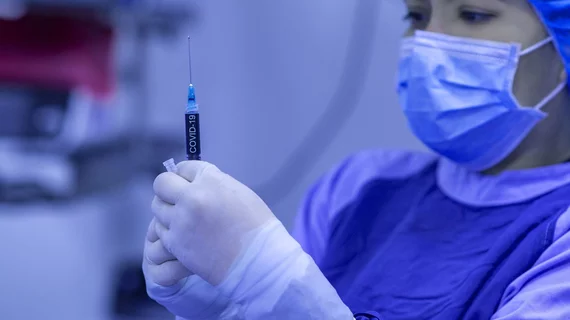Who will get vaccinated first? Azar sees CDC advising but governors deciding
With emergency-use applications for two COVID vaccines in the FDA’s hands, the public square is buzzing over who should get inoculated first.
Peppered on the point Monday by “CBS This Morning,” HHS Secretary Alex Azar said governors will me the most likely arbitrators in their respective states.
He added that the CDC’s Advisory Committee on Immunization Practices is still meeting to clarify federal advice while suggesting that its recommendations to the governors should come as little surprise.
“[B]e thinking people in nursing homes, the most vulnerable,” Azar said. “Be thinking healthcare workers who are on the frontlines of most interacting with suspected COVID cases, as the first tranches of people that we’ll try to get vaccinated.”
Azar also said either or both of the vaccines up for EUA—one from Pfizer, the other from Moderna—could be available before Christmas.
Click here to watch the broadcast or read a related news report.

